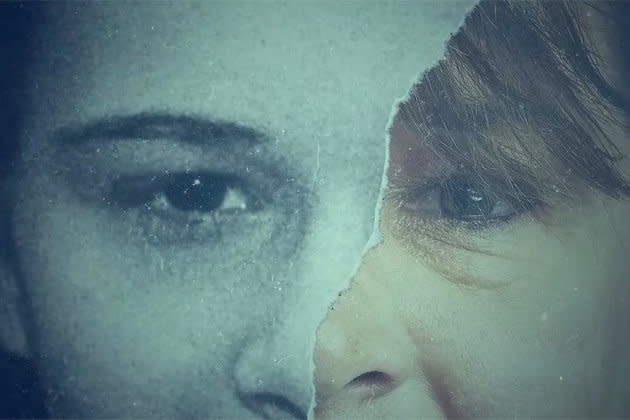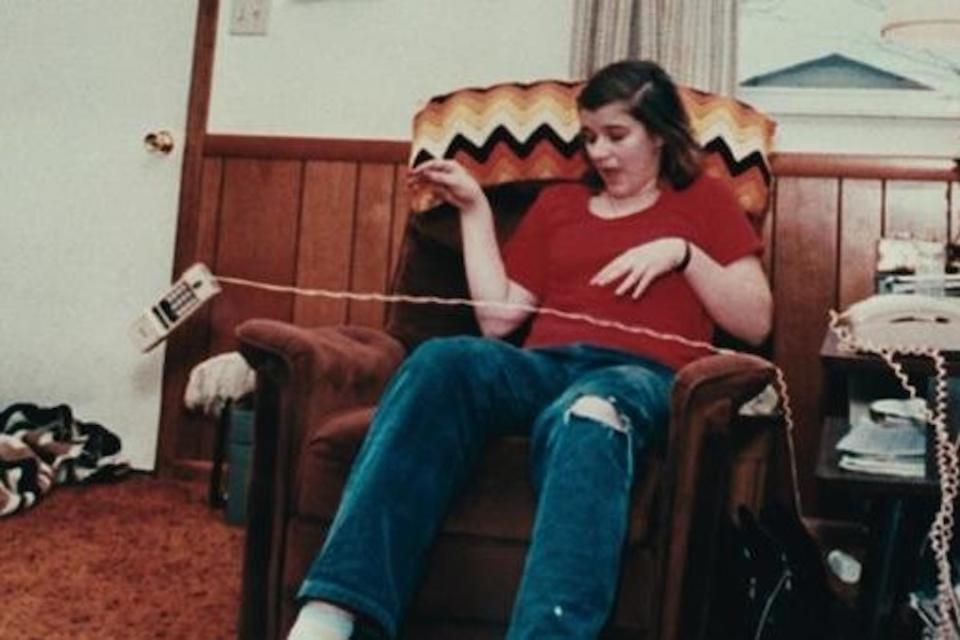Did ‘Poltergeist Girl’ Christina Boyer Really Murder Her Three-Year-Old Daughter?

Two questions linger over the new ABC News Studios/Hulu limited docuseries Demons & Saviors. Did Christina Boyer possess some kind of telekinetic power? And, more pertinently, did she murder her three-year-old daughter, a crime for which she has been incarcerated in Georgia since 1992? Demons & Saviors does its best to merge these two stories, largely by suggesting Boyer’s sensationalist labeling as “the poltergeist girl” helped a small-town Georgia legal system railroad her behind bars. The end result sometimes feels like two different documentaries, but the impact is still considerable, and troubling. Giving all sides a platform and open ear, the series leaves the impression of a whole lot of reasonable doubt in Boyer’s case, amid prosecutorial arguments that often sound more moral than legal.
At age 14, Boyer, then known as Tina Resch, was widely reported to have the power to move objects big and small and manipulate electrical currents with her mind. Queue the appropriate movie clips – Poltergeist, The Exorcist, Carrie, A Nightmare on Elm Street. Her adopted family in Columbus, Ohio – she alleges that her brother molested her, and both parents beat her – invited the media in, the story was featured on an episode of Unsolved Mysteries, and a parapsychologist, William Roll, made Boyer a sort of pet project, and allegedly bilked her out of some money made from a book project about her case. A celebrity magician, James Randi, made it his mission to debunk the claims of telekinesis, concluding that young Tina was faking the occurrences. And a news camera even caught Tina knocking over a table lamp herself and delivering a frightened scream. At this early point in the series, Demons & Saviors is already a sad story of an abused, mentally unstable teen turned into a sideshow freak by grubby opportunists.
More from Rolling Stone
'Reservation Dogs' Season 3 Premiere: A Great Show Begins Its Ending
Beyoncé Honors Man Fatally Stabbed While Dancing to Her Music
But this is all merely a prelude to a more earthbound tale of guilt and innocence, crime and punishment. Boyer had a daughter, Amber, and ended up in a small Georgia town, where she was viewed as an outsider. She got a boyfriend, David Herrin, who was watching Amber at home shortly before the toddler was rushed to the hospital with blunt force trauma injuries that proved fatal, and clear signs of physical abuse. Both Herrin and Boyer were charged with Amber’s murder, and Boyer, facing the possibility of the death penalty, was convinced by her public defender — known for keeping his clients off death row — to accept an Alford plea (pleading guilty while maintaining innocence), and she received a life sentence plus 20 years with the possibility of parole. But Boyer never stopped insisting she didn’t kill her child. The homegrown Herrin, meanwhile, got a 20-year sentence on a cruelty to children conviction, and was released from prison in 2011.
The filmmakers spoke with everyone involved, except Herrin, who refused multiple interview requests, and the case still smells of a small-town rush to judgment, from the former district attorney who argues that Boyer must have beaten Amber and inflicted her visible wounds without any evidence presented in the series, to the medical examiners who insist it was very unlikely that Boyer was even home to deliver the blows that killed her child (Jeannie Lagle, a psychologist who was studying Boyer, served as an alibi witness and corroborated that she wasn’t home at the time). Did she abuse Amber? That’s hard to say based on what we learn here. But from where the series stands, the legal proceedings in the case were filled with more holes than an old sock.

The story might invite a hyperbolic aesthetic, but Demons & Saviors grows more restrained as it goes. Grainy home video footage puts the viewer in the time and place under consideration, and as the series shifts gears, from supernatural saga to legal drama, it gains a sense of purpose from a disparate but likeminded group that takes to calling itself Team Christina. Key members of this ad hoc organization include Jan Banning, a Dutch “artivist” who encountered Boyer when he visited Pulaski State Prison for a photography project and became convinced of her innocence; and alumni of a Georgetown University law course called “Making an Exoneree,” co-taught by Martin Tankleff, who was himself wrongfully convicted and incarcerated for murdering his parents before being released and becoming a lawyer. The filmmakers do their due diligence, giving equal time to Team Christina and the team that put her behind bars. The series leaves the impression that Christina’s allies are doing a lot of the investigative work that should have been done at the time of the crime.
It’s pretty clear what distinguishes Demons & Saviors from most true crime fare: It has the potential to actually make a difference, or at least hold some feet to the fire. Without definitively answering questions of guilt or innocence, the series makes a strong case for new sets of eyes to take a long look at what happened to Boyer, and why.
Best of Rolling Stone

